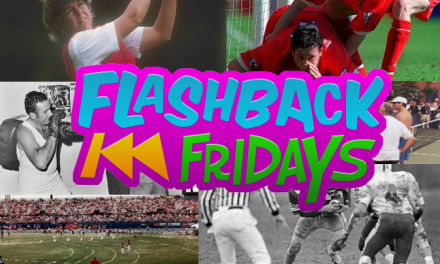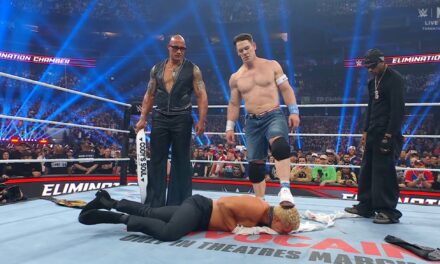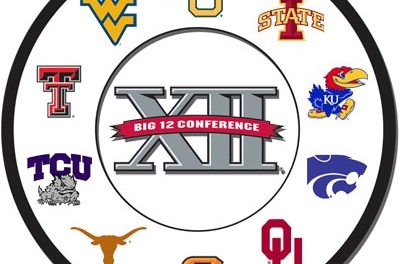Audrey’s Children is, quite rightly, a film about medicine changing forever. Dr Audrey Evans and her colleagues ripping up the old playbook with a new cancer staging system and a bold combined-chemo approach. The bit that grabbed me, though, barely gets more than a nod. It’s treated like a side quest: a British doctor in Philly spotting that parents were sleeping on ward chairs and saying, “Hang on, families need a home too”.
From there, the Philadelphia Eagles get involved, a call is made to McDonald’s, and the first Ronald McDonald House appears, a tiny moment on screen that quietly turns into a global safety net.
That’s why I had to write this. The film skims the surface; I wanted to dig. Because tucked inside this medical milestone is a sports story most people don’t know: how a local NFL franchise helped build a worldwide lifeline for families of sick kids, and changed everything around the medicine.
The bit many people miss: The Eagles connection
In early-70s Philadelphia, Eagles tight end Fred Hill’s little girl, Kim, is fighting leukaemia. Fred and his wife Fran spend nights on benches and in waiting rooms, just like countless other parents. They start raising money with teammates and the club. The Eagles’ general manager, Jimmy Murray, takes that momentum to Dr Evans at CHOP and asks, essentially: what do you need? Evans’ answer snowballs into something bigger, not a cheque, a house. A home base for families who can’t afford hotels and shouldn’t have to sleep on ward floors.
Enter McDonald’s. Murray connects with regional manager Ed Rensi, who backs the purchase using proceeds from the Shamrock Shake, with one ask: name it the Ronald McDonald House. In 1974, the first House opens a short walk from CHOP. It’s seven bedrooms, hot meals, and dignity. The model spreads because it works.
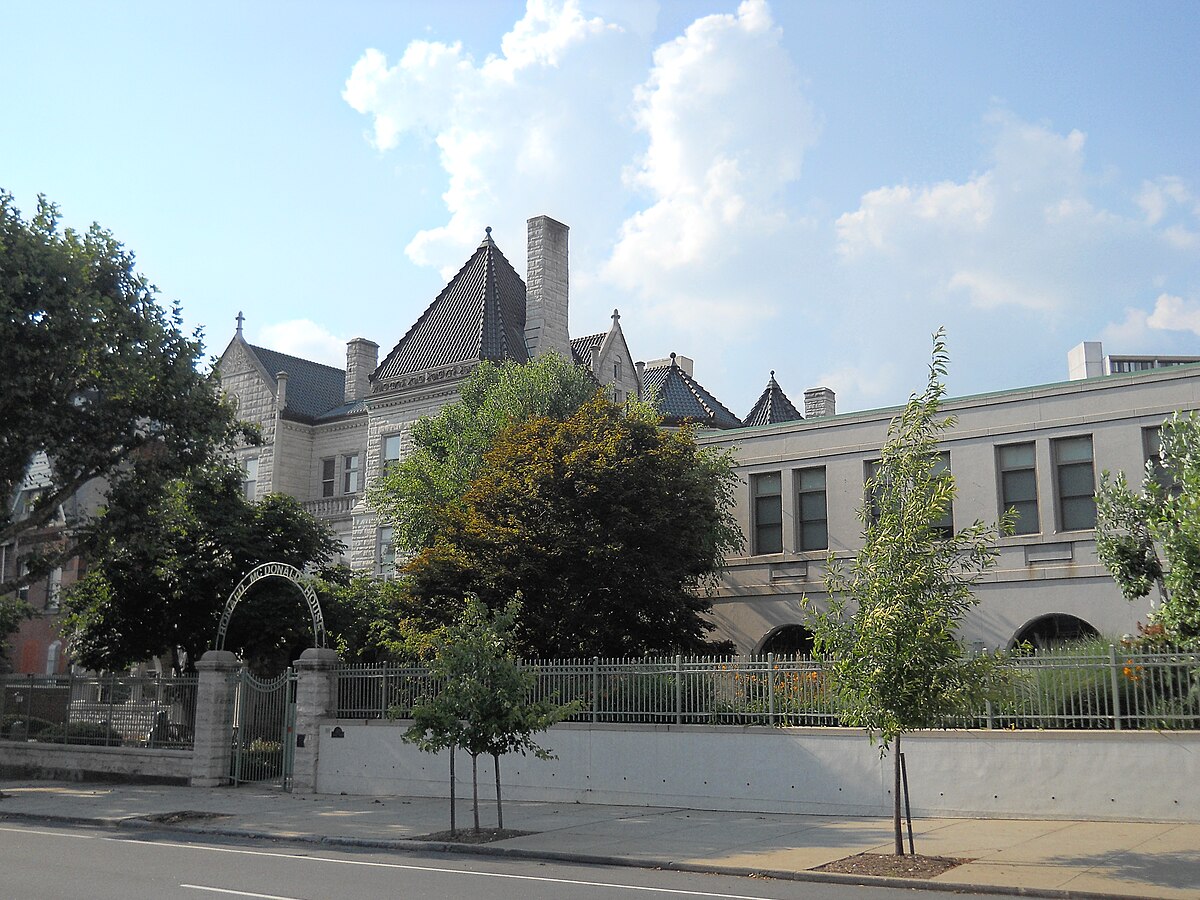
From one Philly house to a world of homes-from-home
Fast-forward 50 years and that single row-house idea has turned into hundreds of Houses and related programmes across the globe. In 2024 alone, RMHC reported 2.8 million overnight stays and an estimated $678 million saved for families in lodging and meal costs, tangible relief when life is at its hardest. In total, 826,000 families were served across 61 countries last year. There are 394 Ronald McDonald House programmes, 275 Family Rooms inside hospitals, and 39 Care Mobiles taking basic care into communities. That’s a staggering legacy from a conversation that began in a football office.
Credit where it’s due
None of this downplays the doctors. Audrey Evans, the “Mother of Neuroblastoma”, pioneered staging, championed family-centred care, and co-founded the first House because she saw the whole picture: a sick child means a family in crisis. But it also took the Eagles’ platform to kick the door open: Hill’s very public fight, Murray’s organisational muscle, and a sponsor willing to try something different. Philadelphia’s club didn’t just write a cheque; it helped build the blueprint by bringing people together.
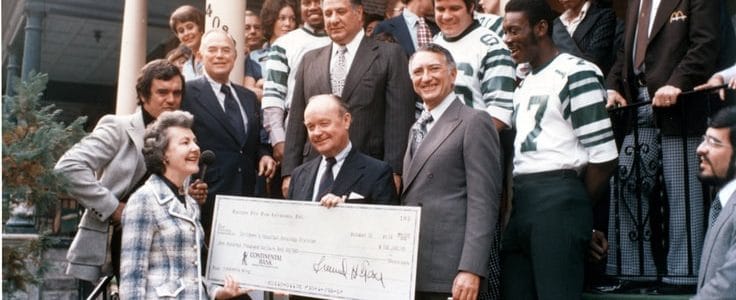
Why this matters (and why sport deserves a nod)
For years the NFL was a mostly American obsession. Yet a franchise from Philly helped spark an idea that’s now supporting families in 61 countries. That’s sport at its best: a community with reach, lending its megaphone to a doctor with a plan. The result? Parents sleep in a bed, not on plastic chairs. Siblings eat at a dining table, not a vending machine. Families stay together, close to the care their child needs, and they don’t sink into debt to do it.
The human through-line
Ask anyone who’s stayed in a House and you’ll hear the same thing: it feels like someone caught you when you were falling. I know this because I know family and friends that have had to use them before. That’s the DNA Dr Evans wrote into the model, a place that treats the family, not just the disease, and the Eagles helped put on the map. Fifty years on, RMHC is aiming to double the number of families it serves by 2030. Ambitious? Absolutely. But history says this idea travels. It already has.
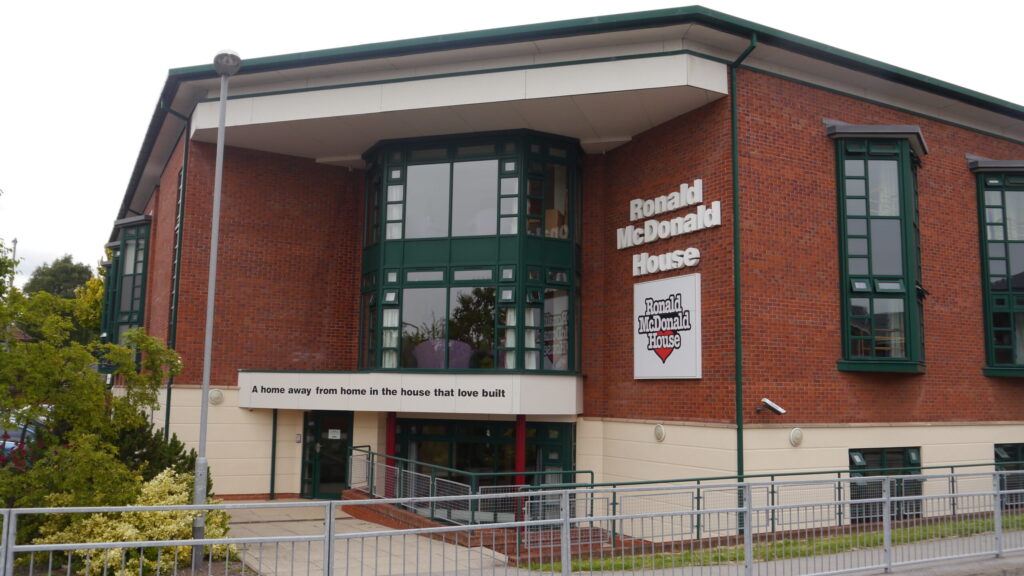
If you want the receipts
- First house details: Opened October 15, 1974, at 4032 Spruce Street in Philly; seven bedrooms near CHOP.
- Who made it happen: Eagles GM Jimmy Murray + Dr Audrey Evans (with the Hills’ fundraising spark via Eagles Fly for Leukemia).
- How McDonald’s plugged in: Local owner/operators and regional manager Ed Rensi used Shamrock Shake proceeds to help buy the first house (hence the name).
- 2024 impact: 2.8 million overnight stays; an estimated $678m saved for families in lodging/meals; 826,000 families served.
- 2024 growth: 7 new Houses opened, 5 Houses expanded, 11 new Family Rooms, 1 new Care Mobile added.
- RMHC Global reports 86¢ of every dollar spent supports RMHC programs.
The final whistle
Audrey’s Children shows how one British doctor changed medicine. The twist, if you’re a sports nut: the Philadelphia Eagles helped change everything around the medicine, the bit that decides whether a family breaks. From one house in Philly to thousands of programmes worldwide, this is a sports story hiding in plain sight. And it deserves to be told every bit as loudly as a touchdown in the Linc.
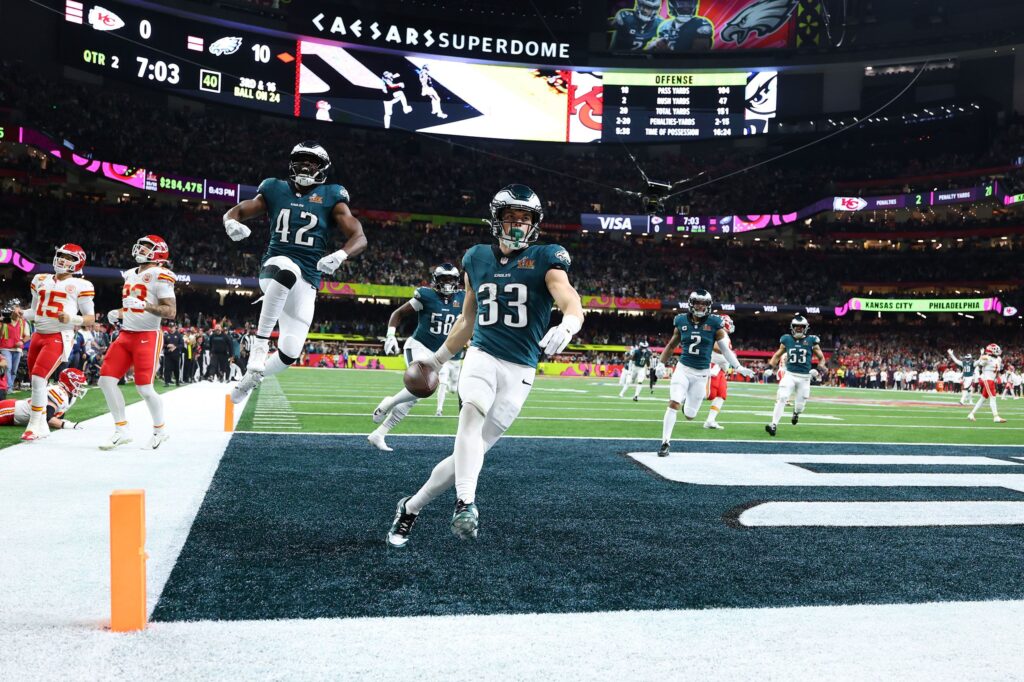
For even more posts about American Football, click here, and for more general posts, click here.

